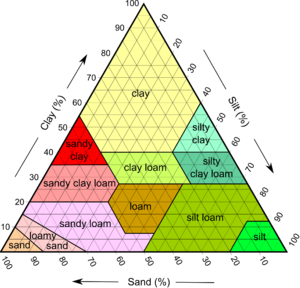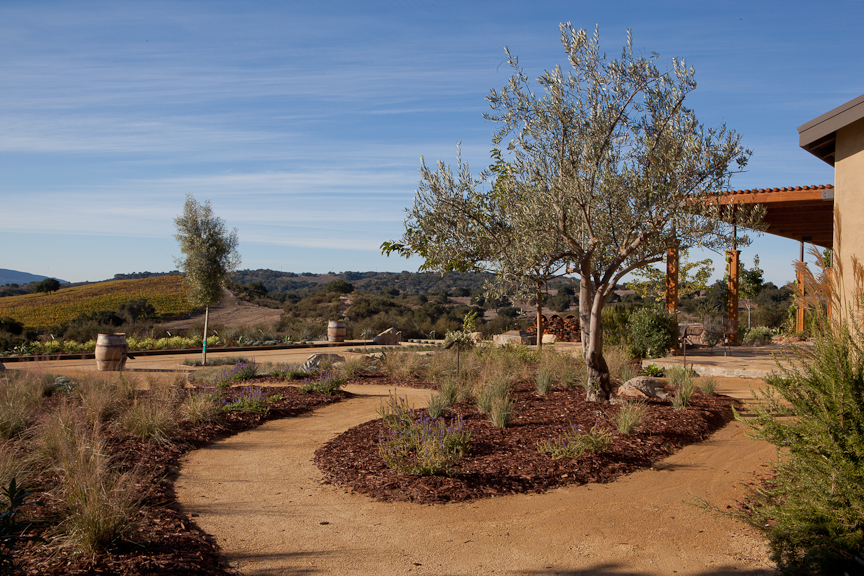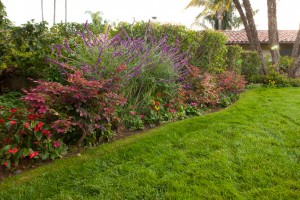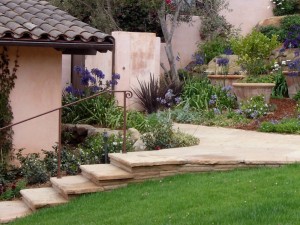The Composting Process – Part 2
With a little know-how, anyone can make compost from home. Simply gather the right ingredients and nature will do the rest for you. Compost does not have to be made in a special place. You can simply collect your ingredients in one place and cover them with a polythene bag or can use a bin or other form of container, which can be bought from your local nursery, or you can build your own.
Where Do You Make Your Compost?
You want to select a location that is sunny with some shade during the day. You want the composting material directly on soil or grass, not on concrete of other hardscape surface. Also, locate your composting area away from any flowing water such as a creek or river.
The bin or container you select should have a lid or cover and be easily accessible. It is often insulated.
Recommended Compost Ingredients
General Guidelines
If it was once living, it will compost. However, you should avoid meat, dairy and cooked food. They can attract rodents and other wildlife and should not be home-composted.





 Soil amendments and proper soil preparation are essential when installing a new landscape. As a matter of fact, it is arguably the most important component of a successful landscape. Clients often pay for a new landscape completely unaware that the installer doesn’t even have a clue what needs to go into the native soil for proper plant growth. Often enough, even the person doing the installing is unaware that THEY are unaware of it.
Soil amendments and proper soil preparation are essential when installing a new landscape. As a matter of fact, it is arguably the most important component of a successful landscape. Clients often pay for a new landscape completely unaware that the installer doesn’t even have a clue what needs to go into the native soil for proper plant growth. Often enough, even the person doing the installing is unaware that THEY are unaware of it.


